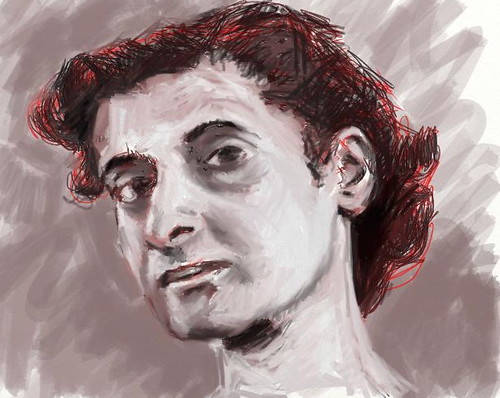
But in reality, how did this economic package work out for the Indian poor? Land reforms and minimum wages remained a distant dream for the rural labourers. The rich villagelandlords could not be forced to part with the excess land that they held illegally for distribution among the landless, and pay the wages officially fixed for their agricultural labourers - since they were the main pillars of Mrs Gandhi's Congress party, her prime constituency in rural India. Even those few, who were freed from bonded labour, came out to find that no means were provided to them by the government to enable them to earn a living. They again reverted to the old practice of taking loans from landlords and money-lenders in order to survive - and got entangled in the same bondage being unable to pay off their debts. In the urban areas, rising prices affected the common citizens, and workers often resorted to strikes facing the risk of loss of jobs and imprisonment. The promise of jobs for the unemployed youth also turned out to be false. By October 1975, registered job seekers among the educated had climbed to 4.1 million. Twenty four percent of the urban youth remained unemployed. The twenty-point programme thus cut nowhere near deep enough to solve the manifest problems of the country - whether in the villages or cities.
Sterilization and Demolitions
Public disaffection broke out in demonstrations - mainly in protest against the government's sterilization drive. The police often retaliated against such demonstrations with extreme brutality. In two towns of the northern state of Uttar Pradesh - Muzaffarnagar and Sultanpur - in October 1976, more than seventy people were killed by the police when they came out on the streets resisting forcible sterilization. Although the press was forced to black out such incidents, newsreached the people all around - often in the highly exaggerated form of rumours turning popular mood against Mrs Gandhi and her administration. In the heart of the capital itself, in the Turkman Gate area of Delhi, on April 18, 1976, the police opened fire on protesters who were resisting the demolition of their homes. The demolition drive was launched by Indira Gandhi's son Sanjay Gandhi to cleanse the city of slums and force their poor residents to leave the capital (which was their working place) and move to distant settlements. The residents of Turkman Gate refused to move as they would have to commute every day paying heavy bus fares to reach the capital to earn their living. The Turkman Gate incident - although not reported by the Indian press - was witnessed by the citizens of Delhi who felt repulsed by such developments brought about by the Emergency.
Another shocking episode: Jayashuklal Hathi, a leading Congressman and Governor of Punjab and Haryana, mentioned to me how a chartered bus carrying professors for a seminar was diverted to a hospital and all the learned participants in theseminar were forced to undergo vasectomy despite their protest. These were orders perhaps from Sanjay Gandhi. The Governor was against it. Many women from villages fled to the hills for fear of the police carrying away people for sterilisation by force. There was a sense of terror throughout the country.
http://www.indianexpress.com/res/web/pIe/ie/daily/20000627/ina27053.html
